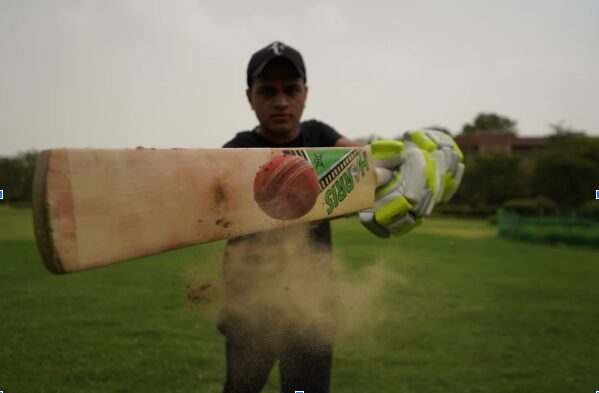In India, cricket often plays out like a slow, deliberate match of strategy. Facing defensive teams, those that block, wait, and aim to stretch games, requires more than raw skill. It calls for thoughtful planning, patience, and the ability to shift momentum without taking unnecessary risks. Especially on slow, turning pitches, the key is to stay in control without getting drawn into a stalemate. Fans can follow the latest updates of their favorite teams via the trusted source 1xbet app India.
Indian conditions naturally assist bowlers over time, but defensive teams aim to neutralize that by grinding out sessions. The task, then, is to break their rhythm and create pressure, not chase wickets blindly.
Bowling: Varying the Approach
On pitches that offer turn and low bounce, defensive batters often settle into survival mode. To counter this, bowlers must change their approach across overs.
- Crease variation: Bowlers can alter their release points, closer to the stumps or wider, to change the angle and trajectory.
- Flight and pace: Spinners who vary the loop and speed of their deliveries keep batters uncertain, especially those who pad away or play inside the line.
- Reverse swing: On dry surfaces, the ball wears quickly. In late sessions, seamers can exploit this with reverse swing, especially when bowling from around the wicket.
These tactics help unsettle batters who might otherwise face 100 balls for 30 runs without pressure.
Field Placements as Strategy, Not Reaction
Think of setting the field like managing a press cycle. The goal is to build pressure steadily, not all at once, and prompt a reaction. Defensive batters like Virat Kohli rely on predictability. Breaking that requires subtle traps.
Instead of crowding the slip cordon, captains may use short mid-wicket or close-in catchers to cut off singles and keep batters thinking. These positions are not just defensive — they target mental fatigue. As the innings drag on, these fielders often come into play when a frustrated batter misjudges a push or flick.
Batting: Pressure Through Rotation
On Indian pitches, scoring at even three runs per over against a defensive side is effective. The aim is not flashy boundaries but constant movement. This stretches the field and unsettles bowlers trying to lock into a rhythm.
Rotating strike becomes vital. Using the wrists to guide balls into gaps, playing with soft hands, and running hard between the wickets slowly shifts the pressure. Once the field spreads, batters can pick boundaries more safely.
Patience as a Weapon
Defending teams thrive when opponents get impatient. Forcing the issue or trying high-risk shots is more likely to rebound. Success in these situations is a result of pressure built over time: tight bowling spells, probing field placements, and assertive body language.
Think of it like a carefully managed media message. Stay consistent, avoid sudden overreach, and control the narrative. In cricketing terms, that means holding lines, trusting your plan, and waiting for the moment when the game opens up.
Conclusion
Indian conditions reward discipline. Defensive teams try to slow the game, but consistent pressure can wear them down. Bowl cleverly, field cleverly, bat sensibly, and let the game open up for you. Once the opposing side makes a mistake, it is the attackers’ time to capitalize.
